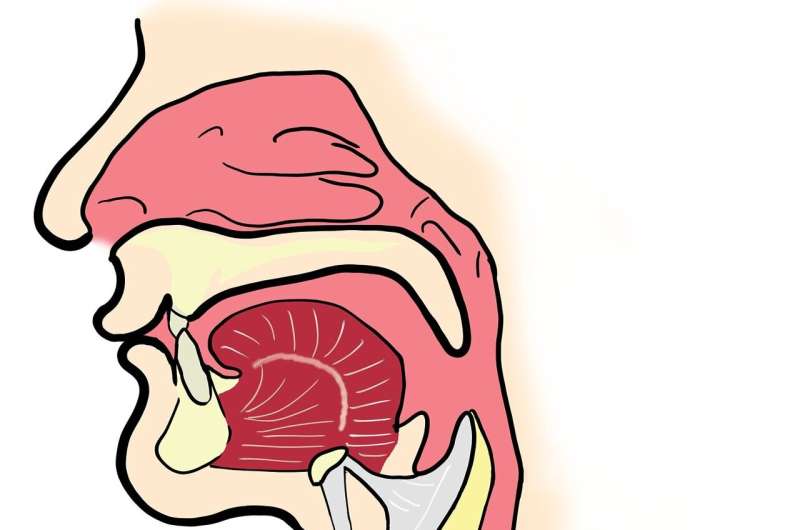Credit: Pixabay/CC0 Public Domain
Located between and above your eyebrows, the frontal sinuses develop in shapes that are as unique to each person as a fingerprint. Since 1925, they've been used by forensic anthropologists to help identify human remains when dental or other medical records were missing.
Boston University School of Medicine (BUSM) researchers have found the development of the frontal sinus was affected more by sexual dimorphism than the ancestry of the individual and that it was the interplay between those two factors that produced the most significant variation.
"It is a common drive of people to be curious about ourselves, our backgrounds and our bodies. This study takes a fascinating structure that is as unique to an individual as their fingerprint and starts to shed light on what causes this feature to be so special to each person," said corresponding author Sean Tallman, Ph.D., assistant professor of anatomy & neurobiology. Former graduate student Austin Shamlou, MS, now a research technician at Massachusetts General Hospital, is a co-author in the study.
The researchers analyzed computed tomography (CT) images of more than 300 individuals designated as assigned male or assigned female at birth. Individuals also were classified by ancestral backgrounds of African-derived, Asian-derived, European-derived, or Latin American-derived. The authors used Photoshop to create an outline of the frontal sinus layer-by-layer and took measurements of maximum height, width and depth. These frontal sinus outlines were categorized into three groups and compared against variables. The study concluded that when considered separately neither assigned sex nor ancestry significantly affected sinus shape, but there was significant variation in maximum height and maximum depth when the two factors were looked at together.
"Interestingly, the interactive effects of sexual dimorphism and adaptive population histories influence the dimensions of the frontal sinus," said Tallman, who added that a clear pattern had not yet been found.
Tallman said further research was needed to address the question of why the frontal sinus forms unique structures for every individual. He cautioned that in the U.S. sinus variation did not fall along ancestral lines, suggesting that there was significant overlap in ancestral climates or that climate adaptations no longer impacted variation in the U.S.
These findings appear online in the journal Biology.
More information: Frontal Sinus Morphological and Dimensional Variation as Seen on Computed Tomography Scans, Biology (2022). DOI: 10.3390/biology11081145 , www.mdpi.com/2079-7737/11/8/1145
Provided by Boston University School of Medicine






















